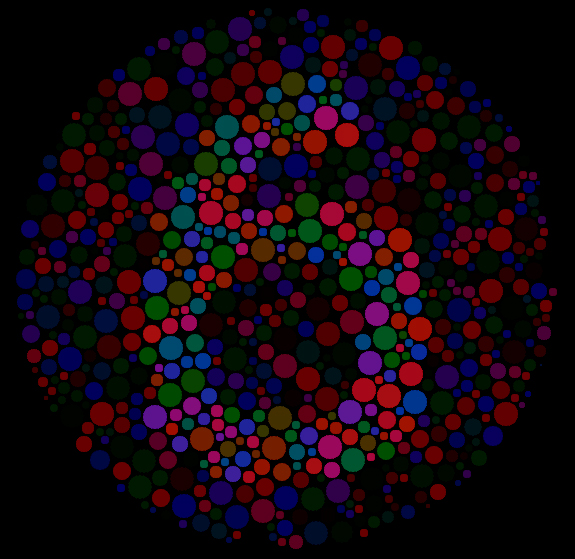Colour blindness is not readily considered a disability in the UK, despite it causing a range of issues for the three million people affected by the condition. Colour blindness (or colour vision deficiency) has proved an insurmountable obstacle for many of those wanting to progress in certain industries, such as aviation, rail, and maritime occupations. In April 2019, however, Alex Bulley became the first colour blind person permitted to drive a tube train, paving the way for others with the condition to pursue careers in transport.
Colour blindness has not always been considered a workplace hazard or a health and safety issue. When it was first theorised, by chemist John Dalton in the 1790s, the condition was viewed as a philosophical and scientific curiosity. The Science Museum holds a fascinating booklet of coloured silk threads used by Dalton to assess his own non-normative colour vision.
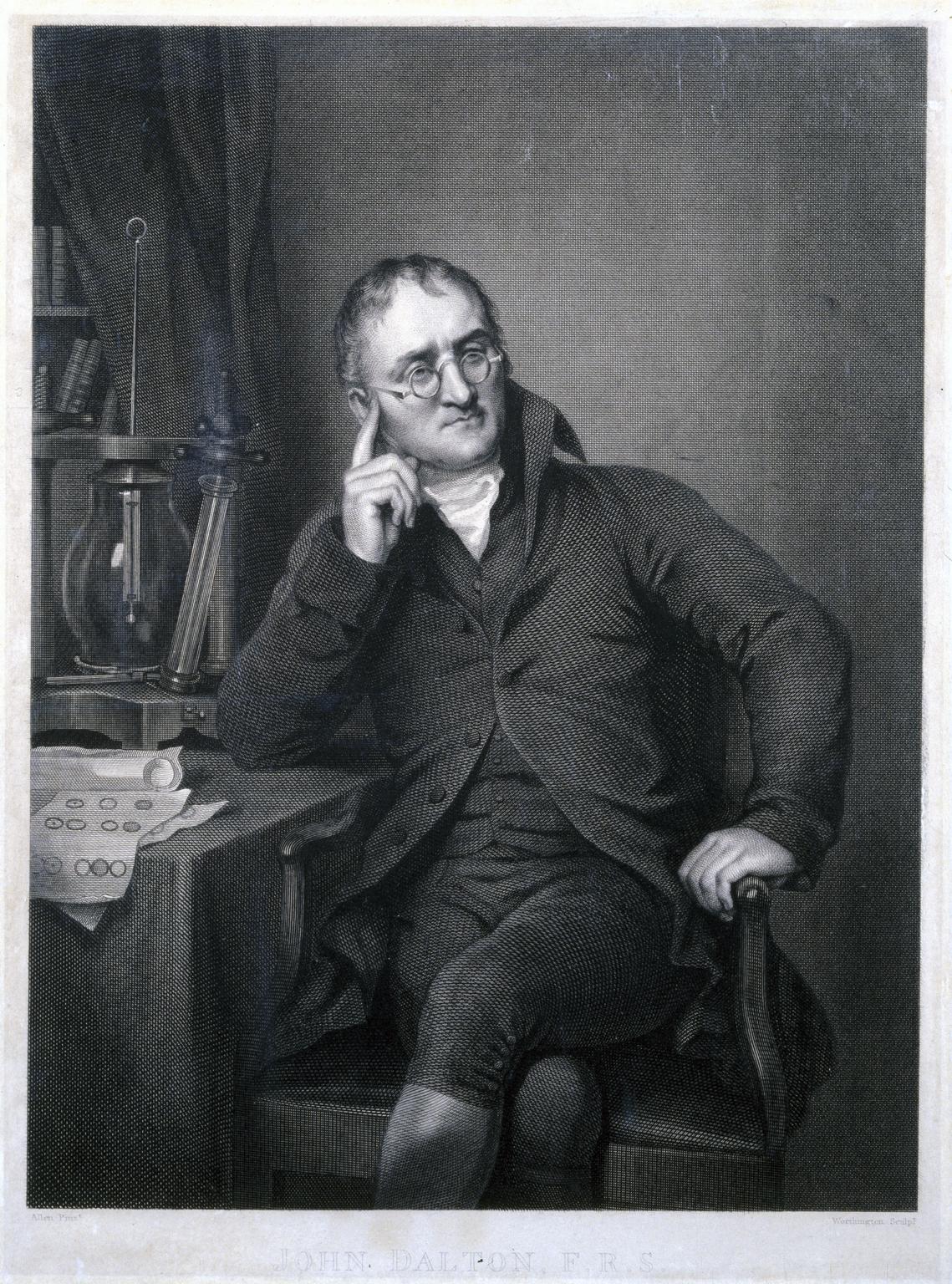
Railway Accidents
With the rise of the railways and commercial shipping, colour blindness became recognised as a potential threat to life. In 1855, George Wilson, an Edinburgh professor of technology, published Researches on Colour Blindness: with a Supplement on the Danger Attending the Present System of Railway and Marine Coloured Signals.
In 1875, physiologist Frithiof Holmgren linked a fatal railway crash in Sweden to a railway worker’s inability to distinguish between red and green signals. Propelled by his findings, Holmgren created his own method for testing colour vision; test subjects had to match up skeins of coloured wool.
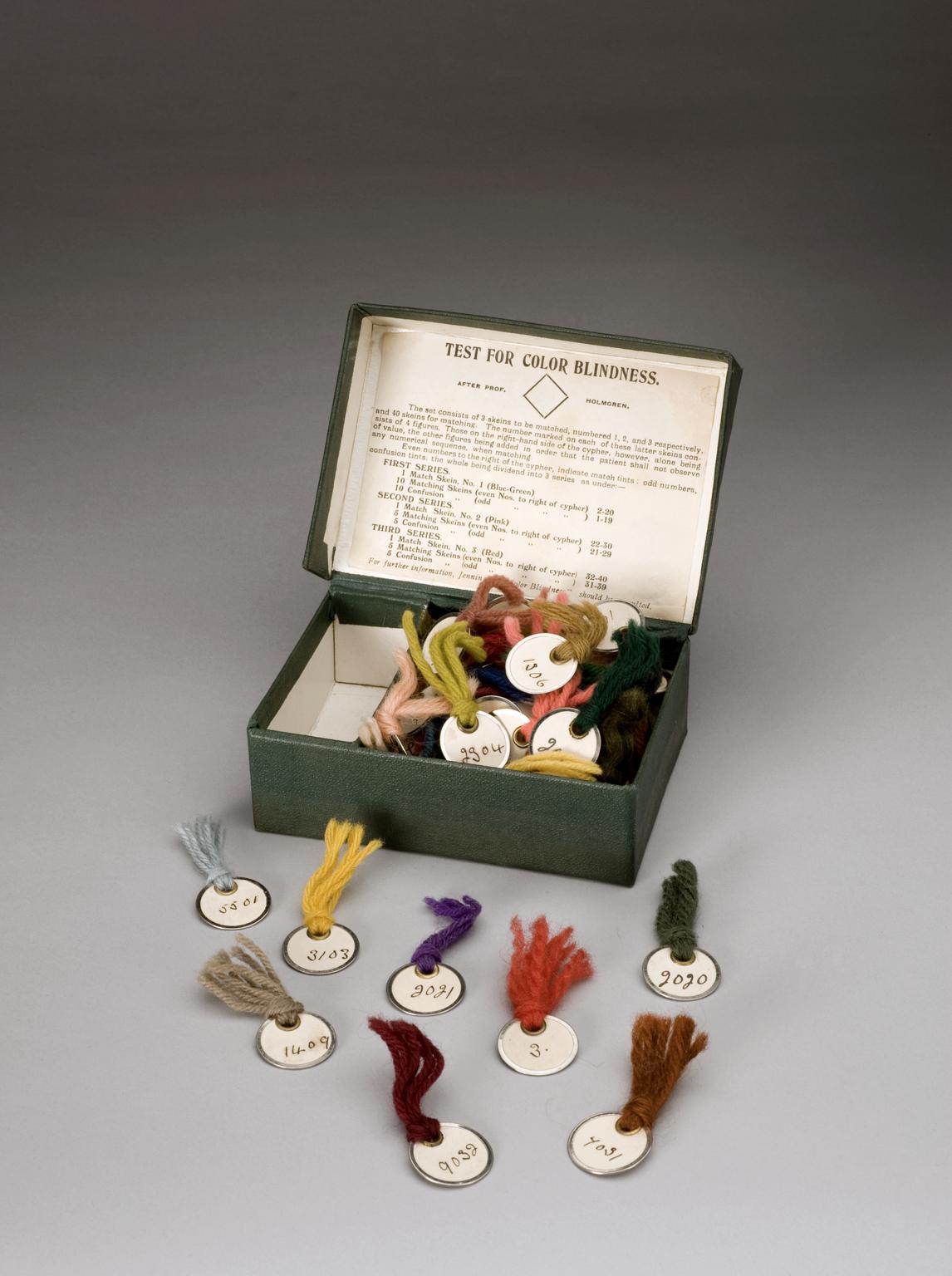
With more and more train accidents being linked to colour blind drivers, throughout the latter half of the nineteenth century, fear permeated the railway workers’ network. This mass unease is reflected in the literature of the period.
Charles Dickens’ short story, ‘The Signal-Man’ (1866), was published just a year after the author was involved in the fatal Staplehurst rail crash. The story is about vision, visions, and deaths on train tracks. The eponymous signal-man regales the narrator with tales of apparitions. After each apparition, a tragic accident occurs; the final apparition turns out to be a premonition of the signal-man’s own death.
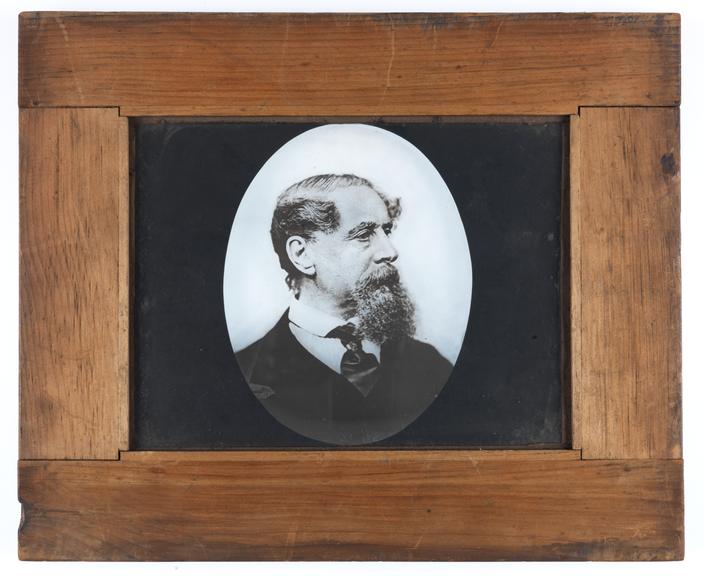
Whilst colour blindness is not mentioned directly, it is there implicitly. The apparitions are linked to anxiety caused by the red signal light: ‘that I did not like the red light […] I see no reason to conceal’. The narrator suggests that the apparition is produced by ‘a deception of [the signal-man’s] sense of sight’.
Shipping Disasters
Writing in 1895, Thomas H. Bickerton, a Liverpool-based ophthalmologist whose personalia is held at the Science Museum, stated: ‘It is now no uncommon thing […] to hear of officers being dismissed for colour blindness who have held, in some cases for years, lucrative and responsible appointments on board ship’. Ship workers, like railway workers, were forced to leave their jobs – or were exploited through threats of disclosing their ‘defect’ – if they were found to be colour blind or visually abnormal.
Sailor turned author, Joseph Conrad, tackles this issue in his 1902 short story, ‘The End of the Tether’. Captain Whalley, an aging skipper who hides his visual defects, is exploited by the ship’s owner, who – after discovering Whalley’s secret condition – purposefully misdirects him, in order to cause a crash and receive an insurance pay-out.
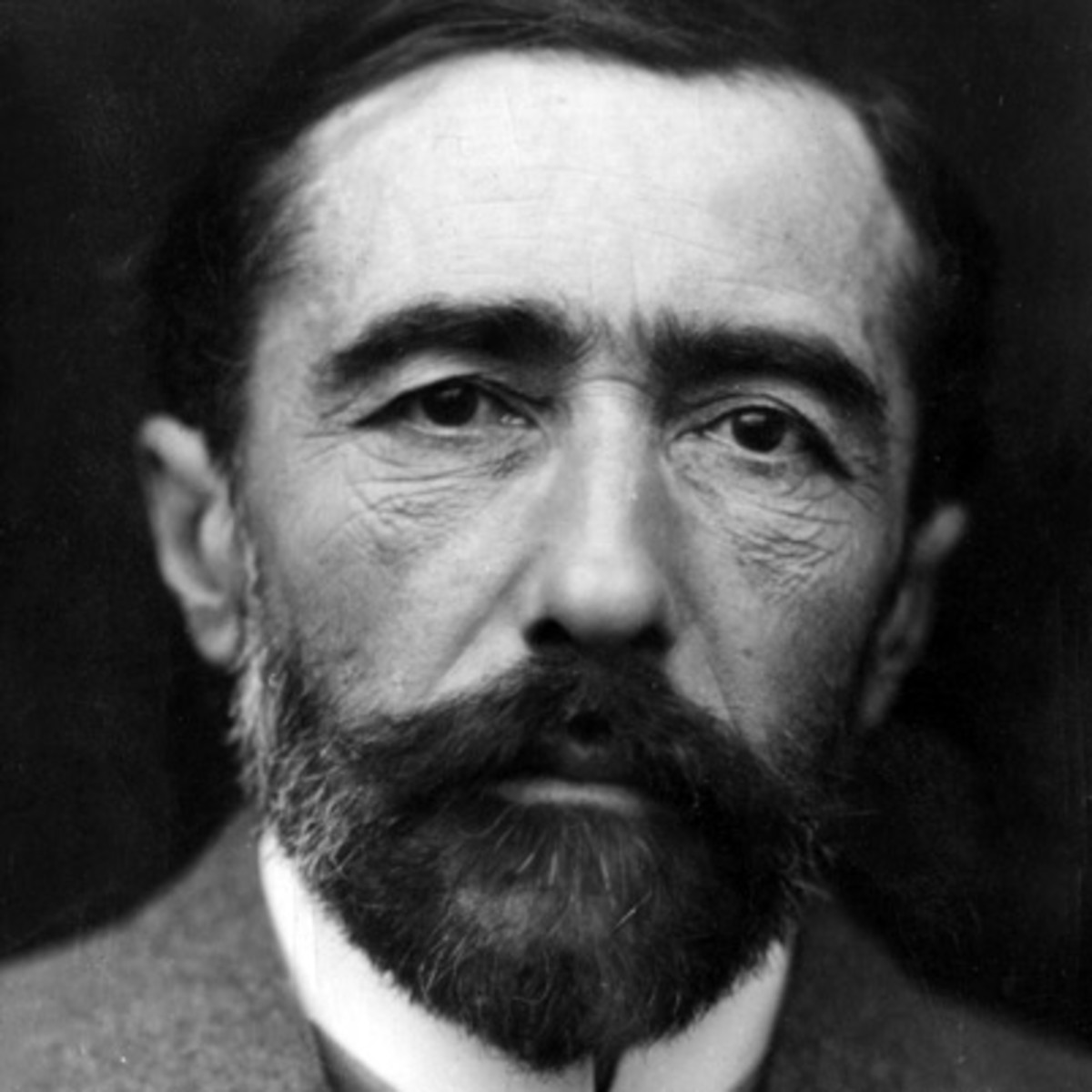
As in the Dickens story, colour blindness is not mentioned directly but is present just beneath the surface. When the ship’s First Mate finds out that Whalley’s eyesight is less than perfect, he experiences his own sympathetic symptoms: ‘the sun had turned blue’; ‘the very color of the sea seemed changed.’ These hallucinatory changes in hue mimic colour-blind vision.
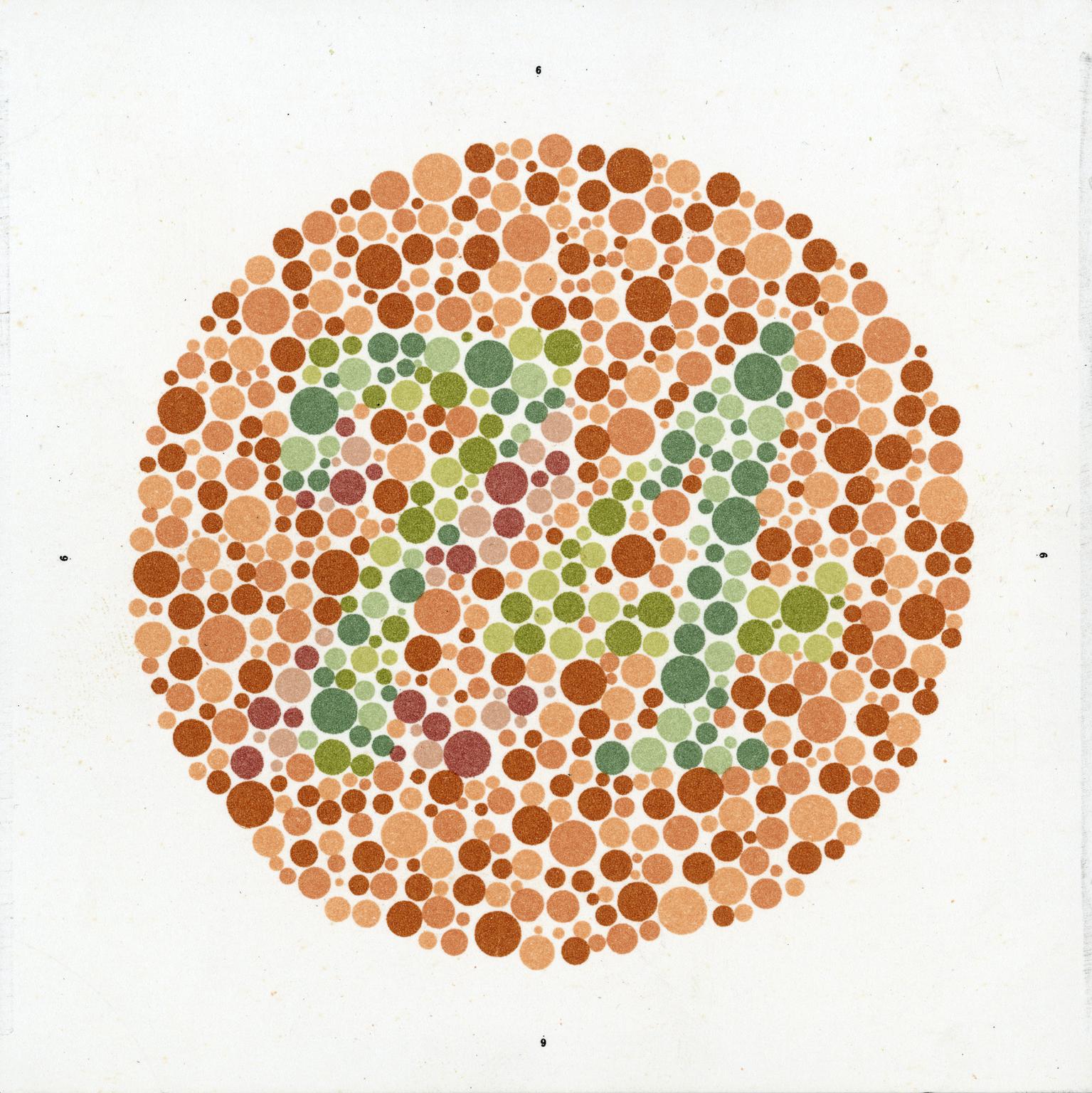
Colour Blindness Testing Today
In the UK, today’s transport industries tend to use a mixture of the Ishihara tests, devised in 1917 by the Japanese ophthalmologist Shinobu Ishihara, and the newly-developed Colour Assessment and Diagnosis (CAD) test created by researchers at City University, London. The CAD test is more accurate and is focused on assessing the specific colour vision needs of particular professions, hopefully enabling a larger number of people to pursue the career of their dreams.
This blog is part of a series inspired by Medicine: The Wellcome Galleries which open in November 2019. Stay tuned for more behind the scenes stories in the coming months.
